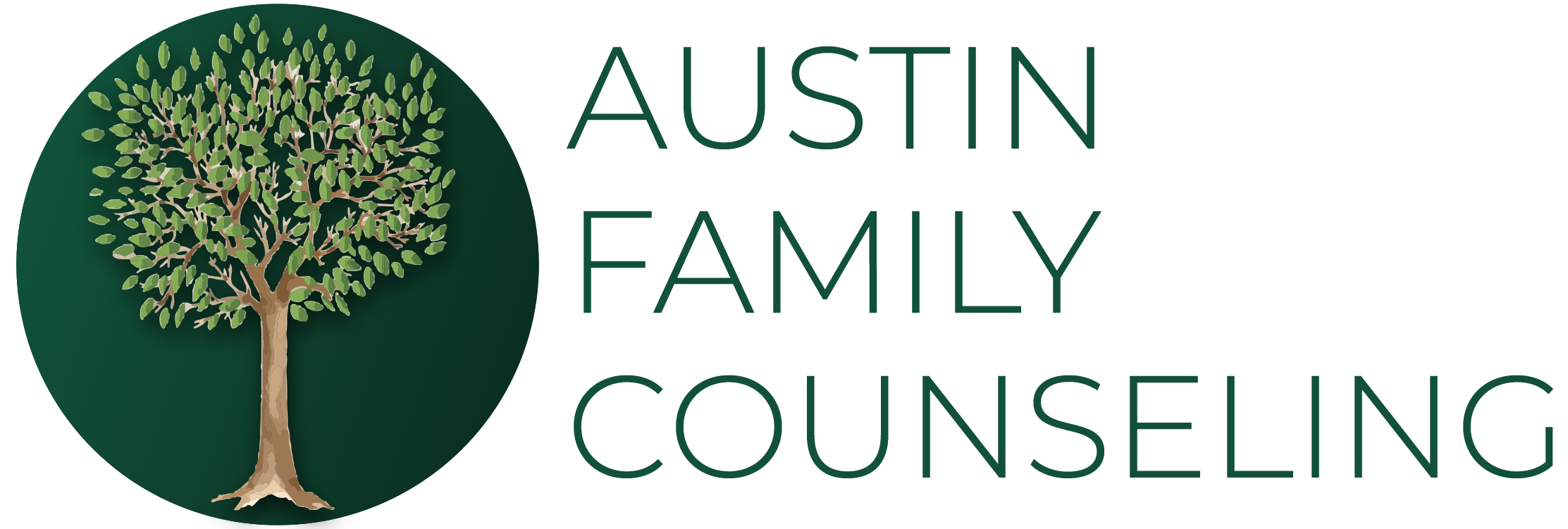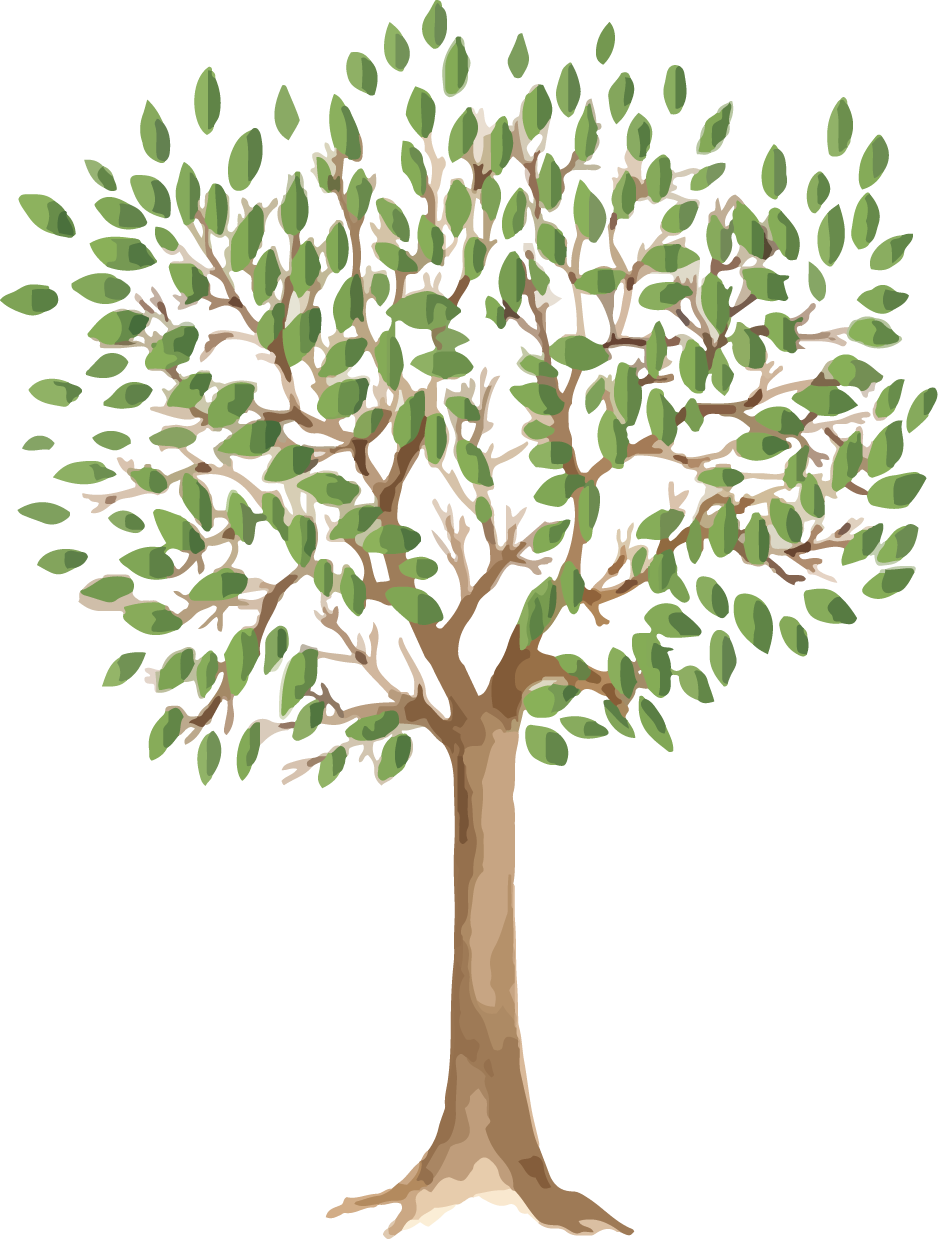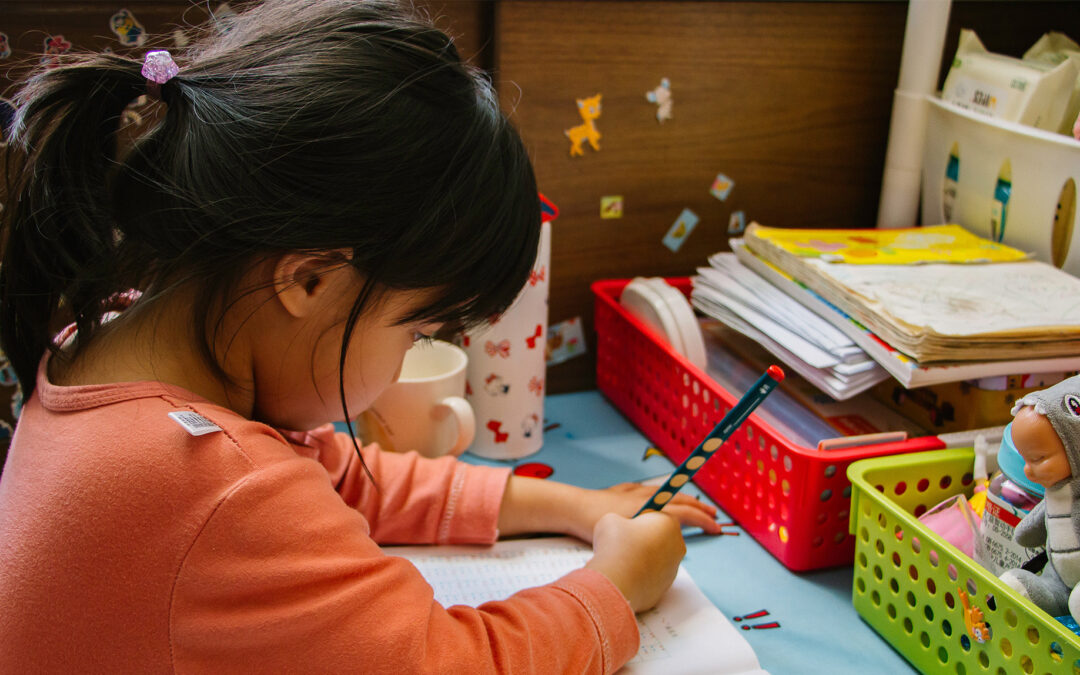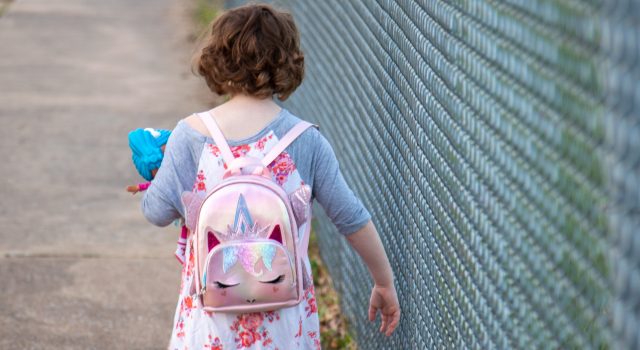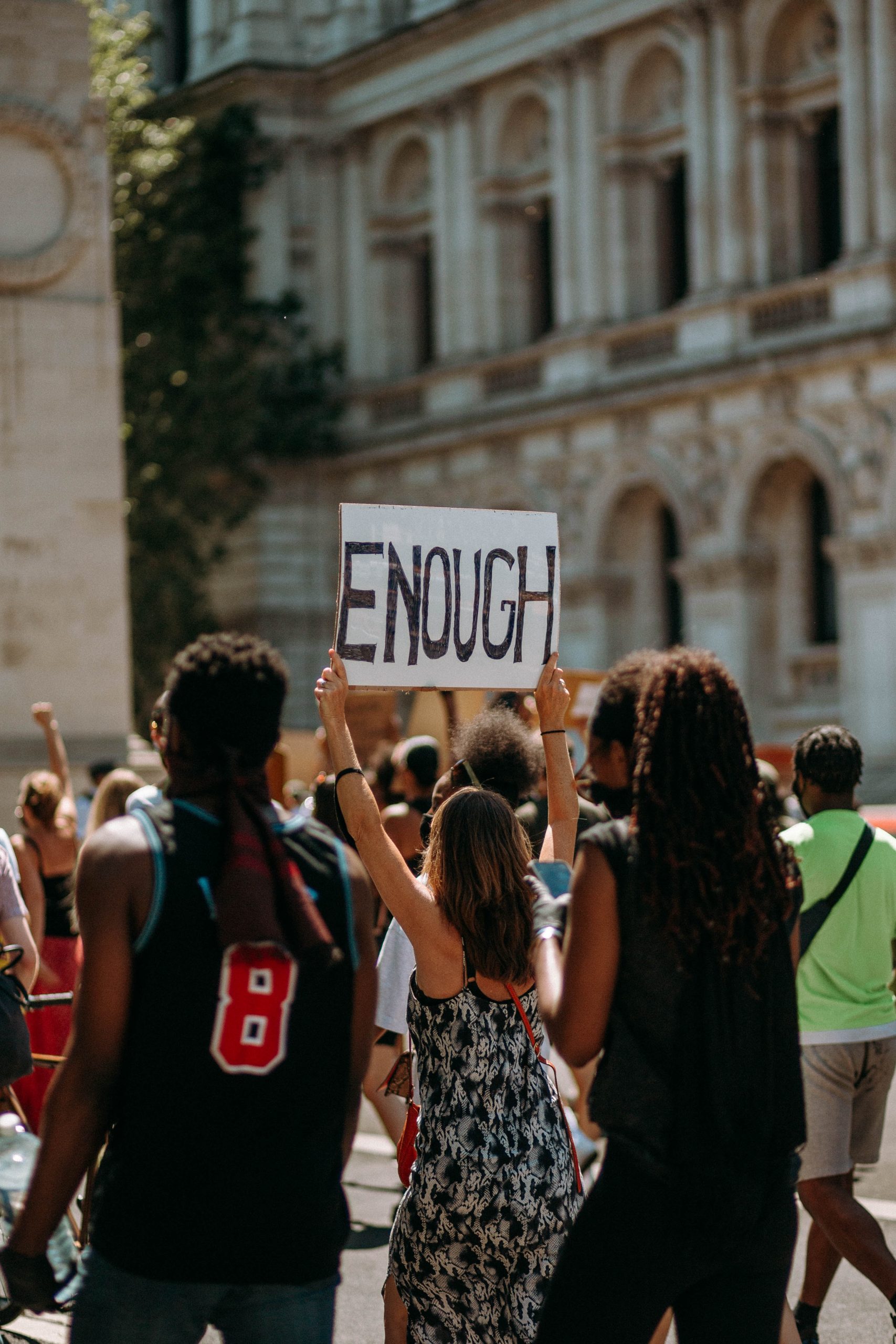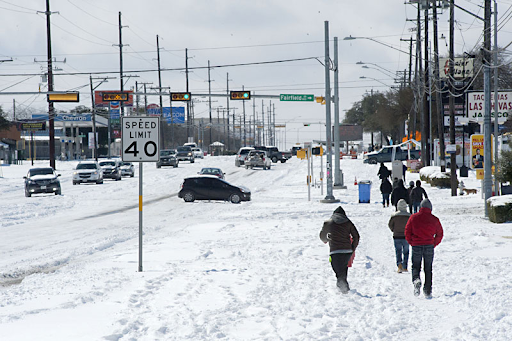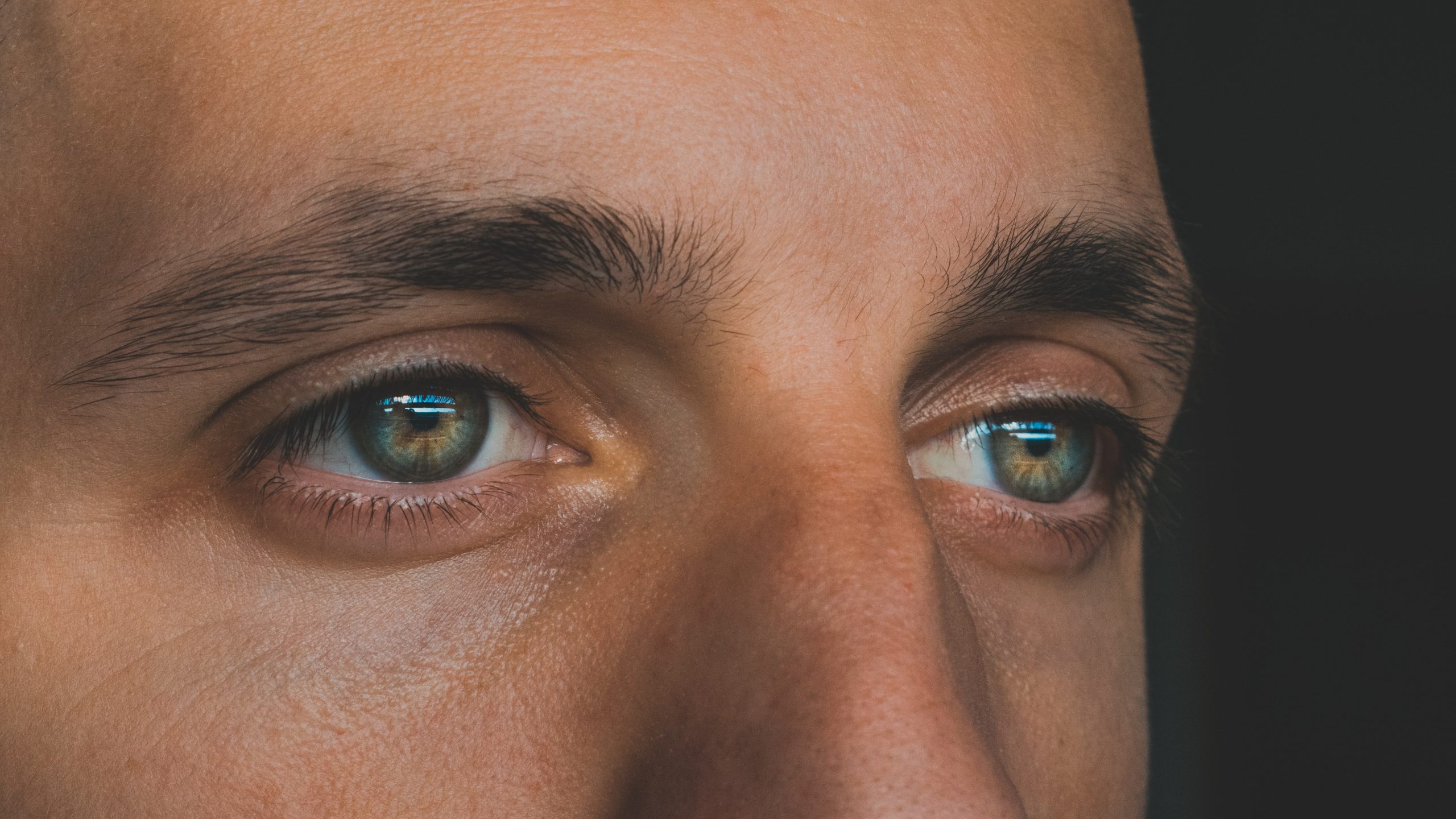As a cisgender, heterosexual female, I cannot relate to and/or understand what it feels like to grow up in a world where I am not accepted and granted basic human rights because I do not meet expectations to love and live my life in a way that has been outlined for me, by my family and/or society. Though I am not a member of the LGBTQ+ community, I am an ally–which means I support equal civil rights, gender equality, and social movements; I love people for who they are…not for who I think they should love or how they should live their lives and express themselves. After listening to Same Love by Macklemore & Ryan Lewis and Born This Way by Lady Gaga AND in celebration of Pride Month, I figured it would only be appropriate to talk about the history of Pride and what it means for so many people.
What is Pride?
According to a quick Google search, the word “pride” is defined as, “a feeling or deep pleasure or satisfaction derived from one’s own achievements, the achievements of those with whom one is closely associated, or from qualities or possessions that are widely admired”. While pride within the LGBTQ+ community means something different for each and every person, it generally relates to the general definition of “pride” in some way. The following are just a few examples of what pride may mean to someone:
- Love
- Freedom
- Visibility
- Community
- A celebration of diversity and authenticity
- Equality
- Support
The History of Pride
The LGBTQ+ community has been marginalized and discriminated against for many years. As a result of being lesbian, gay, bisexual, transgender, etc., people were faced with acts of discrimination, violence, brutality, and have been treated as less-than-human because of their sexual orientation and/or gender identity and expression. The history of pride and pride-related events are tied to political activism and protests. On June 28, 1969, a riot broke out at The Stonewall Inn, a gay club in Greenwich Village in New York. Police had been known to raid The Stonewall Inn from time to time, which they did that night. However, on that particular evening, patrons fought back, which resulted in a 3-day riot and protest against police discrimination that ignited the beginning of the LGBTQ+ movement.
One year later, in June 1970, the first gay pride event, called the Christopher Street Liberation Day (CSLD) March was organized to commemorate the anniversary of the Stonewall riots. During this event, participants were seen holding signs and banners demanding equal rights and protections. After this first CSLD March in New York, commemorative marches in other big cities, such as Los Angeles, began to occur. Chants such as “Say it clear, say it loud. Gay is good, gay is proud” could be heard. It wasn’t until the early 1990’s that Pride began to resemble what it is today: a celebration of LGBTQ+ life and sexuality in addition to a political and social demonstration.
How to Celebrate Pride
Ultimately, there isn’t ONE single way to celebrate Pride. The following are different ways to celebrate…there isn’t a right or wrong way.
- Be an activist and ally
- Organizations such as Gay and Lesbian Alliance Against Defamation (GLAAD) is a great resource for anyone and everyone. GLAAD recommends being a listener, being aware of your own biases and assumptions, and not making derogatory comments or anti-LGBTQ+ jokes.
- Create artwork with rainbows on it
- The original flag had 8 colors–they all had a symbolic meaning (e.g.: sex, life, healing, sunlight, nature, magic, peace, and spirit), however, since 1979, the flag has had 6 colors on it. It has been modified at different places at different times for more inclusion (e.g.: racial inclusivity and AIDs awareness).
- Also, it is important to note that the rainbow flag is a common representation of LGBTQ+ pride, however, there are flags specifically for transgender pride, bisexual pride, and more.
- Teach children love & acceptance
- A main component of celebrating Pride includes setting the example of love & acceptance of everyone. Have age-appropriate conversations with children about: inclusiveness, identity, and love.
- Learn about LGBTQ+ Leaders in History
- Karl Heinrich Ulrichs, Barbara Gittings, and Harvey Milk are just a few people you can start with.
- Attend a City-Wide Pride Event
- Whether it’s a festival or a march (or something in between), attending a pride event is a great way to show your support during Pride month.
- Wear Inclusive Clothing
- Whether you’re wearing No H8 clothing or any of the garb from HRC, there are many options for inclusive clothing to purchase!
- Host a Pride Movie Night
- Different movies to watch include, but are not limited to: “Milk,” “Boys Don’t Cry,” and “Love, Simon”. These films are not just entertaining & interesting to watch; they also educate viewers about the struggles people in the LGBTQ+ community face.
- Read LGBTQ+ Literature
- There are MANY LGBTQ+ books to choose from. Whether you’re going to your local library or stocking up on books from Amazon, check out the following books/authors. (Note: some books below are LGBTQ+ themed and some are written by LGBTQ+ authors).
- Sister Outsider by Audre Lorde
- Eleanor and Hick by Susan Quinn
- On Being Different by Merle Miller
- Take Me With You by Andrea Gibson
- Stung with Love by Sappho
- Becoming Nicole by Amy Ellis Nutt
- There are MANY LGBTQ+ books to choose from. Whether you’re going to your local library or stocking up on books from Amazon, check out the following books/authors. (Note: some books below are LGBTQ+ themed and some are written by LGBTQ+ authors).
Ultimately, it’s about accepting and loving LGBTQ+ friends and family. Earlier I said there isn’t a right or wrong way to celebrate Pride…and while that is correct, if there is only one that you choose to do, this would be it. Make sure your friends and family know that your love and support is unconditional, regardless of their sexual orientation or gender identity. For anyone who needs additional resources to love and accept others, Parents and Friends of Lesbians and Gays (PFLAG) is a great place to start.
Wishing everyone a Happy Pride!
